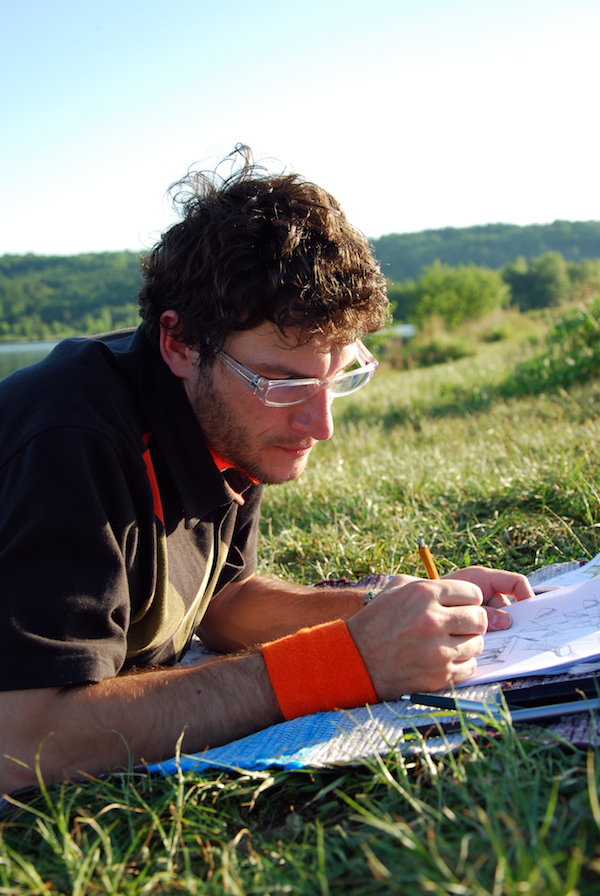About the Toolbox

This toolbox provides an orientation to biomimicry and introduces a set of tools and core concepts that can help problem-solvers from any discipline begin to incorporate insights from nature into their solutions.
We have assembled the toolkit to support individuals and teams participating in design challenges organized by the Biomimicry Institute and/or our affiliates, but feel free to use it in your own work or to support courses you teach. We’ve found that design challenges offer an excellent way to teach and learn biomimicry. We encourage you to put these concepts into practice by applying them to a design problem that interests you, even if you don’t enter one of our design competitions.
If you find this free toolkit to be a valuable resource, there are four important ways that you can support it.
Share with others.
The more people understand how to apply biomimicry in their work, the sooner we can build a world that operates in a life-friendly manner.
Tell us your story.
We love hearing and sharing first-hand accounts of how biomimicry is shaping innovation and learning.
Give feedback.
You can help us improve this resource by taking our user survey and telling us what was most helpful and where more information is needed.
Contribute
The Biomimicry Institute is a 501(c)(3) non-profit. Your tax-deductible support makes it possible for us to continue providing free, high-quality biomimicry resources like this one.
Acknowledgments
The Biomimicry Institute would like to offer our sincere gratitude to the Ray C. Anderson Foundation, our primary sponsor for the Biomimicry Global Design Challenge, for making this Toolbox possible. We’d also like to acknowledge everyone who contributed to development of the content, including Gretchen Hooker, Megan Schuknecht, Erin Connelly (all Biomimicry Institute staff), Sherry Ritter, Curt McNamara, and Faye Yoshihara, as well as everyone who served as a peer reviewer for the content (even if we haven’t yet been able to incorporate all of their suggestions!), including Marjan Eggermont, Margo Farnsworth, Catalina Freixas, Carl Hastrich, Nedim Kemir, Sherry Ritter, Filipo Salustri, and Faye Yoshihara.
Version History
The Toolbox was first published in January 2015. To see a history of revisions and additions see the Toolbox Updates.
Contact us.
Please note that we are unable to respond to questions pertaining to personal design projects.


